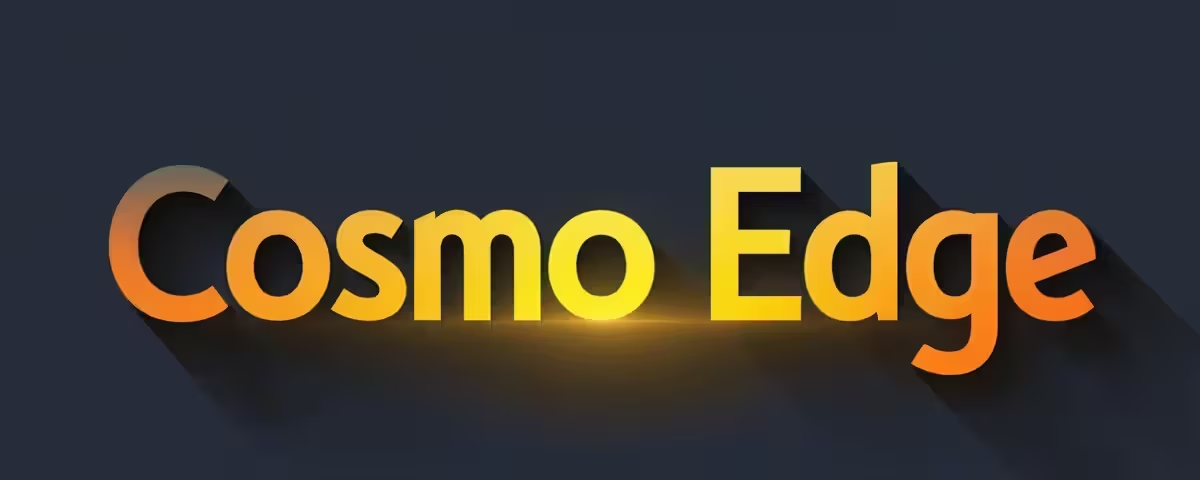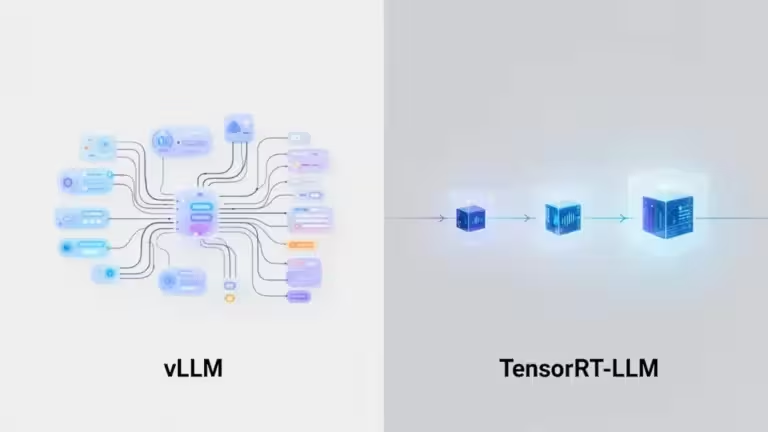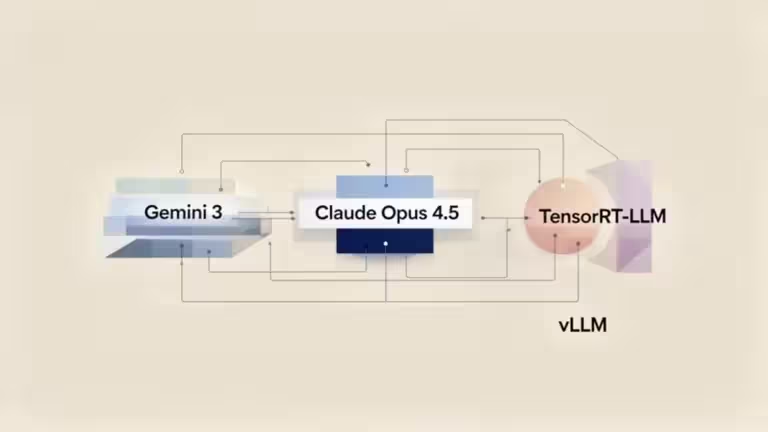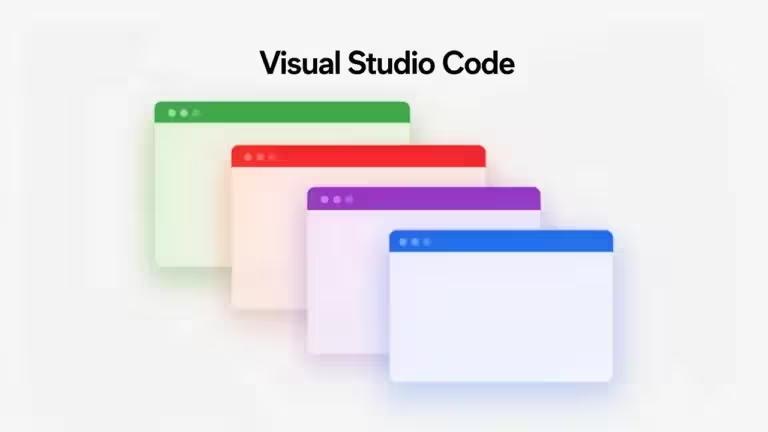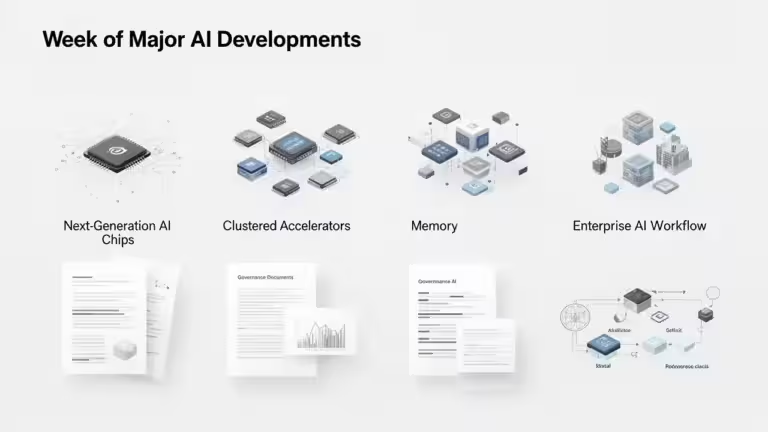Vibe Coding: definition, tools and practical guide to coding with AI in 2025
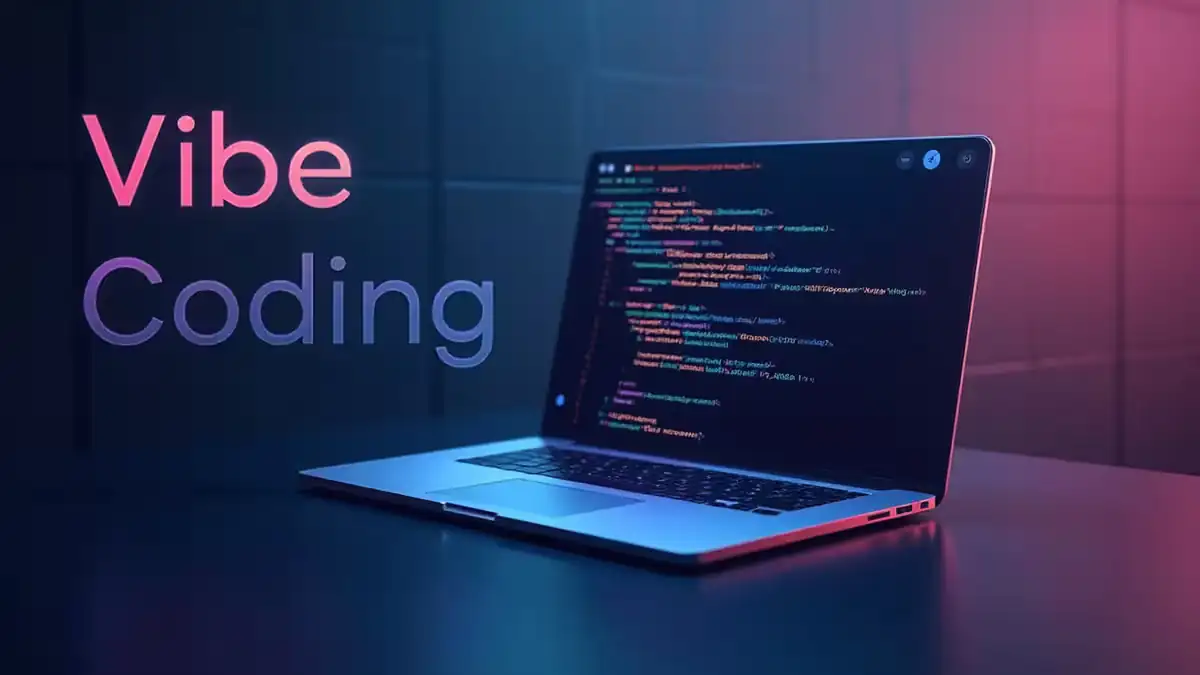
Vibe coding is a new approach to software development that is attracting more and more developers, students and app creators. The idea is simple: describe what you want in natural language and let the AI generate the code. A fast and intuitive method that is reshaping the way projects are built.
In this article we will explore what vibe coding is, its origin, the best vibe coding tools of 2025, then a step-by-step practical guide to building a small Python app with prompts. Finally we will look at its advantages, limitations and when it makes sense to use it.
What is vibe coding?
The term vibe coding was popularized in 2023 by Andrej Karpathy, former director of AI at Tesla, in a viral post on X. Since then, the concept has become a trend on YouTube, Reddit and developer communities.
Definition
Vibe coding means:
- describe an intention (for example “I want an app that manages notes”),
- let AI generate the code,
- correct and refine step by step with new prompts.
Instead of explaining to the machine how to code, you just say what you want. It is a natural evolution of AI coding and AI-assisted development.
The musical metaphor
Vibe coding is often compared to music: you do not need to master all theory to create a riff. You improvise, loop and refine with a partner. Here AI plays the role of a teammate coding with you, like a virtual pair programmer always available.
Day 0 vs Day 1+
Feedback from developers highlights a key point:
- Vibe coding is ideal for Day 0: creating a prototype or an MVP (Minimum Viable Product).
- But for Day 1+ (maintenance, scalability, team work), limits appear: technical debt, token costs, security issues.
Best vibe coding tools in 2025
The popularity of vibe coding has created a wide range of tools, from AI-assisted no-code platforms to professional extensions for Visual Studio Code.
VS Code forks
- Cursor: pioneer in the sector, combines AI chat and direct code edits. Integrates MCP servers to call other services.
- Windsurf (Codeium): similar to Cursor but with an integrated preview.
- Trae (TikTok): smooth user experience but without advanced context management.
VS Code extensions
- GitHub Copilot: integrates into major development environments (like VS Code), suggesting code in real time as developers type. It is praised for pattern completion, boilerplate generation and has wide adoption.
- Continue: embedded AI agent with codebase indexing and MCP compatibility.
- Cline: provides code prediction and automated tasks.
- Sourcegraph Cody: enterprise-focused tool, capable of handling hundreds of Git repositories and large-scale refactoring.
- Google Gemini Code Assist: deeply integrated with Google Cloud and Android Studio, providing code generation, completion and context-aware suggestions.
Standalone tools
- Devin (Cognition Labs): presented as the first “autonomous AI software engineer”, accessible via Slack.
- Aider: lightweight terminal tool, free (paid API or local), perfect for integrating AI into a Git workflow.
- Claude Code (Anthropic): AI agent that reads and understands the entire project before acting. Very powerful but costly in tokens.
- Gemini CLI: runs exclusively in the terminal, providing command-line based AI assistance for system tasks, code generation and workflow automation.
- OpenAI’s Codex: available from terminal or via a VS Code extension, Cursor, Windsurf. Codex has proven effective in many tests, available from the Plus subscription ($20) but for regular use the Pro plan ($200) is recommended.
- Open Source CLI tools (Qwen CLI, Opencode CLI, Cline, Goose, etc.): community-driven tools supporting multiple models, designed to be self-hostable and cost-effective. They allow running an LLM locally or on an enterprise server, which lowers costs. With these tools, the number of API calls can be very high and therefore expensive. Running them on a machine with the necessary GPU power makes it possible to test or go further with large open source models without API limitations.
Visual full stack tools
- Tempo Labs: generates a complete application with authentication, database (Supabase/Convex) and payment (Stripe, Polar). Also produces a Product Requirements Document (PRD).
- Bolt.new: directly converts Figma designs into Next.js code, with Supabase backend.
- Lovable.dev: one of the most beginner-friendly tools, lets you click on an element and ask AI to modify it.
Practical guide: coding a small app with vibe coding
Vibe coding is an AI-assisted development approach where you describe your intention in natural language and let the assistant generate or edit the code. The goal is not to delegate everything, but to enter a fast loop: I describe → AI generates → I test → I refine.
In this guide we will build a small Python console app step by step, only through prompts. This tutorial illustrates the best practices of vibe coding: clear intent, short loops, guardrails and continuous documentation.
1. Define the intention
A well-scoped project always starts with a clear vision. With vibe coding this translates to an initial prompt asking first for a plan instead of direct code.
Prompt example:
Describe a minimal Python console app using a local database (JSON file or SQLite).
Features: add, list, delete “vibes”.
Provide a clear file structure and environment variables if needed.This first exchange is crucial: it forces the assistant to explain its choices (libraries, storage, file structure) before coding. This reduces misunderstandings and massive corrections afterwards.
2. Generate the first version
Once the plan is validated, you can request the initial implementation.
Prompt example:
Perfect, now generate an implementation in a single file vibes_manager.py using your plan.Expected output:
import json, os
DB_FILE = "vibes.json"
def load_vibes():
if not os.path.exists(DB_FILE):
return []
with open(DB_FILE, "r") as f:
return json.load(f)
def save_vibes(vibes):
with open(DB_FILE, "w") as f:
json.dump(vibes, f)
def add_vibe(vibe):
vibes = load_vibes()
vibes.append({"id": len(vibes)+1, "text": vibe})
save_vibes(vibes)
def list_vibes():
vibes = load_vibes()
for v in vibes:
print(f"{v['id']}. {v['text']}")This skeleton already provides a working base to add and list vibes.
3. Iterate with short loops
The core of vibe coding is incremental modifications. Instead of asking “add all missing features,” you proceed step by step.
Example: numbered deletion
Prompt example:
Add a deletion workflow:
- list existing vibes with their numbers
- ask the user to choose
- show a detailed preview
- confirm before deletion
Keep the rest of the file intact. Return only new or modified functions.The AI then generates only the delete_vibe() function and a change in the main loop. Review is simple and risk of error is limited.
4. Add guardrails
AI-generated applications may work but without robustness guarantees. Prompts can be used to inject discipline: error handling, clear messages, minimal documentation.
Prompt example:
Wrap each read/write call with clear exception handling.
Return user-friendly messages and keep concise logs.
Add simple docstrings to public functions.Expected output:
def load_vibes():
"""Load the list of vibes from the JSON file."""
try:
if not os.path.exists(DB_FILE):
return []
with open(DB_FILE, "r") as f:
return json.load(f)
except Exception as e:
print("Error while loading:", e)
return []Result: the user sees a clean message, and the developer keeps a concise log in the console.
5. Debug by symptoms
Errors always appear. The temptation is to rewrite code manually. In vibe coding, the approach is to give the AI the exact symptom.
Example: a JSONDecodeError.
Prompt example:
vibes_manager.py returns a JSONDecodeError. Search possible causes
and propose a minimal fix. Show only modified lines.The AI directly targets the issue (empty or malformed file) and proposes a local fix instead of reinventing the entire logic.
6. Document as you go
Documentation is often neglected. With vibe coding it can be generated in parallel.
Prompt example:
Update README.md to include:
- installation instructions
- example of adding/deleting a vibe
- required dependenciesExpected output:
# Vibes Manager
A mini console app to manage your vibes.
## Installation
python -m venv .venv
source .venv/bin/activate
pip install -r requirements.txt
## Usage
python vibes_manager.py
1. Add a vibe
2. List vibes
3. Delete a vibeAdvantage: documentation remains aligned with the actual code evolution.
7. Refactor with acceptance criteria
As the project grows, modifications cannot be validated “by feeling.” You define testable acceptance criteria.
Prompt example:
Refactor the main menu to use a single loop with a choice dispatcher.
Accept if:
- add/list/delete work
- invalid input returns to menu
- exit path displays "See you soon!"This turns a vague instruction into a measurable goal. The developer knows immediately how to test if the change is successful.
8. Best practices to go further
Use Git systematically
Each validated step should be committed. Example:
git add .
git commit -m "Added numbered deletion feature"Fragment features
One prompt = one change. Better five small diffs than one massive change.
Maintain an instructions file
Create ai_instructions.md to store validated prompts and common errors. This avoids re-explaining the same things to the AI.
Validate with simple tests
Even for a console app, add a basic unit test to check that an add followed by a delete works correctly.
Example of a complete session (condensed)
- Intention:
Describe a Python console app to manage vibes (add/list/delete).- Initial implementation → AI generates
vibes_manager.py. - Add numbered deletion:
Add a deletion workflow with numbered menu and confirmation.- Secure:
Add exception handling and docstrings.- Debug:
JSONDecodeError, propose minimal fix.- Parallel documentation:
Update README.md with installation instructions and usage examples.Result: in a handful of prompts, a small functional, robust and documented application is created.
The vibe coding method in short
Vibe coding is not about “letting AI code for you” but about dialoguing effectively with it. The key is in the method:
- Define intention before code,
- Proceed with short loops and targeted diffs,
- Add security and documentation from the start,
- Validate with clear acceptance criteria.
With this approach, you can prototype credible projects quickly while keeping control. Vibe coding is an accelerator, not a substitute for engineering discipline. This guide showed a simple example (Python console app), but the method adapts to larger projects: web apps with Next.js and Supabase, secure APIs, or even full demos with cloud integration. To start, it is best to experiment on small projects to learn the methodology.
Working from specifications with vibe coding
It might seem that vibe coding is only suited to improvisation, but it can also be applied to formal specifications. The idea is not opposed: specifications serve as a global vision, and working with AI helps translate them into code iteratively and progressively.
The classic approach would be to implement all requirements at once, risking hard-to-isolate errors. With vibe coding, you break specifications into small actionable steps that AI can handle efficiently.
Concrete example
Suppose a specification states:
- The app must manage users.
- Each user must sign up with email and password.
- Data must be stored in a SQLite database.
- A user must be able to log in and view their profile.
Instead of asking for everything at once, you make a targeted prompt for the first step:
Prompt from specification:
From these specs:
- Signup with email and password
- Store in a local SQLite database
Generate only the user model and signup function.
Do not touch login or profile display yet.Result: the AI focuses only on signup, making code easier to validate and test. You then repeat for login, then for profile display. So vibe coding does not oppose specifications, it complements the process by turning an abstract document into a sequence of concrete and testable implementations.
Advantages and limitations of vibe coding
Advantages
- Fast prototyping: build an MVP in hours instead of days.
- Accessibility: even without strong coding experience you can generate functional apps.
- Increased productivity: developers avoid repetitive tasks and focus on business logic.
- Accelerated learning: ideal for students who want to understand a project without diving directly into low-level details.
Limitations
- Technical debt: generated code may lack consistency or maintainability.
- Security risks: common errors if guardrails are not defined (exposed secrets, missing access control, verbose logs).
- Context dependency: AI models quickly forget history if the session gets too long.
- Day 1+ challenges: maintaining a complex project is still difficult with these tools, especially in teams.
- Token cost: some solutions (Claude Code, Devin) can generate high expenses.
Vibe coding: who is it for?
- Independent developers and makers: perfect to test ideas and launch prototypes quickly.
- Students: excellent educational tool for learning by doing.
- Companies: interesting to accelerate demos, proof-of-concepts and hackathons.
- Not suitable: for critical projects (healthcare, banking, industry) where security, compliance and reliability are priorities.
Key takeaways
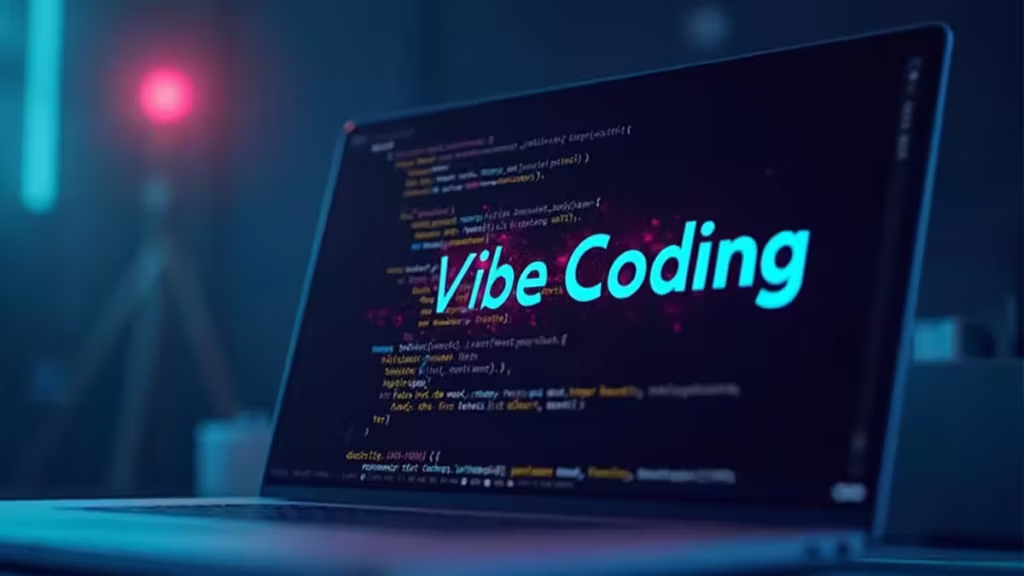
Vibe coding is not a magic wand that replaces developers, but a powerful accelerator for prototyping and rapid app creation.
The method is based on a few simple but effective principles:
- Define intention before generating code.
- Proceed with short loops and targeted modifications.
- Add security guardrails and documentation as you go.
- Use Git to keep full control of the project.
By following these rules, vibe coding turns an idea into a working prototype in record time. The future of software development will likely combine this Day 0 improvisational approach with the rigor of traditional engineering for Day 1+.
Today, vibe coding is mainly suited for simple projects, quick experiments, or building a prototype. For the next phases – industrialization, deployment, and long-term maintenance – a traditional software engineering approach remains essential, especially for large-scale enterprise projects. AI assistants remain relevant, but they should be used in a targeted and isolated way (isolate the context, refactoring, documentation, debugging …) within a more rigorous methodological framework.
FAQ (SEO optimized)
What is vibe coding in programming?
It is a method where you code by intention, describing in natural language what you want, and letting AI generate and refine the code.
What are the best vibe coding tools in 2025?
Cursor, Windsurf, Tempo Labs, Bolt.new, Lovable.dev, Sourcegraph Cody, Continue, Aider, Devin and Claude Code.
Will vibe coding replace developers?
No. It accelerates creation and lowers entry barriers, but maintenance, security and team collaboration still require human engineers.
Your comments enrich our articles, so don’t hesitate to share your thoughts! Sharing on social media helps us a lot. Thank you for your support!
